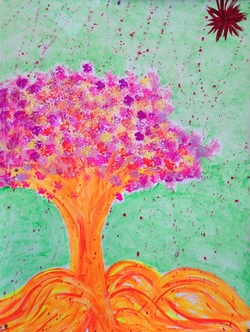
Answer 1: Play suggests having fun. Most of us do not allot much time to simply doing what gives us pleasure. If you can allow your inner child to take over and simply do what she whatever she wants with the paint, you will feel better – lighter, happier, less oppressed by worry even though nothing objectively changed in your life.
Answer 2: Play suggests that we do things for enjoyment rather than a serious or practical purpose. Opening up your creative potential and learning to listen to your own intuition requires you to put your critical, logical, problem solving mind on hold.
Answer 3: Play operates in a world of imagination where even serious acts don’t have serious consequences. You can shoot the bad guy as many times you want and no one really dies. You can paint horrible, frightening, angry things and no one gets hurt. You are just playing.
Answer 4: Play suggests moving lightly, a flicker that appears and disappears. (As in “The smile played about her lips”) The voice of your subconscious yearnings is often soft, brief impulses that are hard to hear if you aren’t tuned in. If you allow yourself to play, to paint things that don’t make sense, to jump from one image to another “just because”, you create the opportunity for these tentative messages from yourself to show up.
Answer 5: Children learn without realizing when they play. I invite painters to focus on the play when they paint and allow the learning to happen naturally. Afterwards, you can deepen the learning by allowing the logical, goal-focused part the brain to engage in trying to make sense of the experience.
So, Paint! Play! Discover!
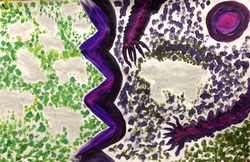
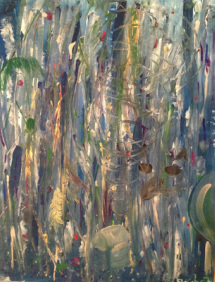
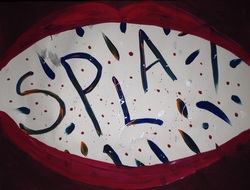

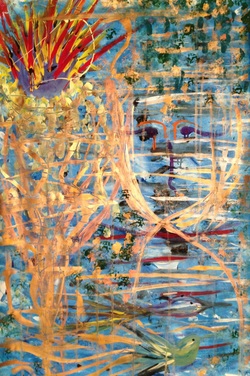
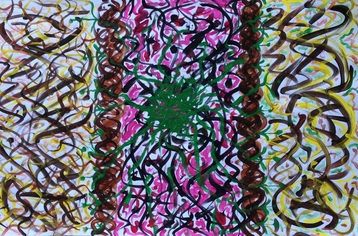
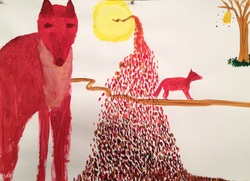
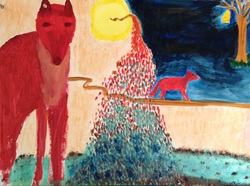
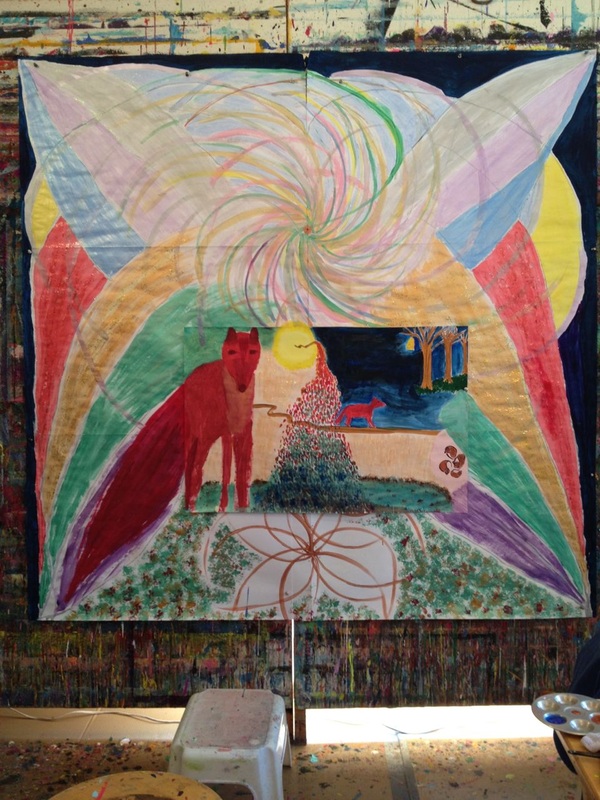


 RSS Feed
RSS Feed
